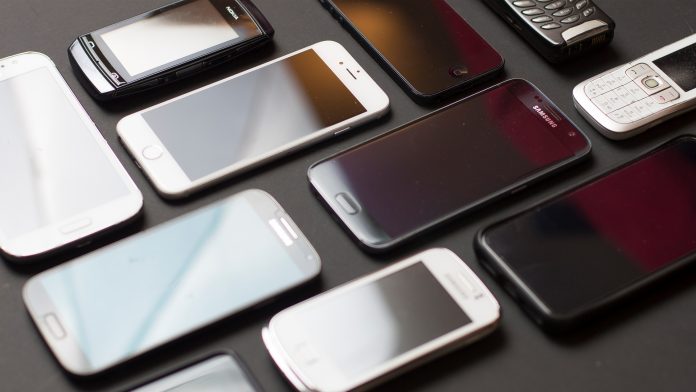Scientists at Karlsruhe Institute of Technology (KIT) have produced the first biodegradable electronic displays to help the electronics industry adopt a sustainable lifecycle.
The growing use of electronic devices in consumables and new technologies for the Internet of Things will increase the amount of electronic scrap. To save resources and minimise waste volumes, an eco-friendlier production and more sustainable lifecycle will be needed. As reported in the Journal of Materials Chemistry, KIT’s biodegradable electronic display has been certified as biodegradable by an independent office and could enter the market soon.
Manuel Pietsch, first author of the publication and researcher of KIT’s Light Technology Institute (LTI), who is working at the Heidelberg InnovationLab, said: “For the first time, we have demonstrated that it is possible to produce sustainable displays that are largely based on natural materials with the help of industrially relevant production methods. After use, these displays are electronic scrap, but can be composted. In combination with recycling and reuse, this might help minimise or completely prevent some of the environmental impacts of electronic scrap.”
How does the display work?
The functionality of the display is based on the electrochromic effect of the initial organic material. When voltage is applied, light absorption is modified, and the material changes its colour. Electrochromic displays have a low energy consumption and simple component architecture compared to commercially available displays, such as LED, LCD, and E-paper. Another advantage is that these displays can be produced by inkjet printing in an inexpensive and material-efficient way.
The display is generally suited for short-lifecycle applications in various sectors. In medical diagnostics, where hygiene plays an important role, sensors and their indicators have to be cleaned or disposed of after use. The newly developed display will be composted instead of being dumped as electronic scrap. It can also be used for quality monitoring in food packaging, where reuse is not permitted. Digital printing allows the displays to be adapted to persons or complex shapes without any expensive modification of the process. This reduces the consumption of resources.
Gerardo Hernandez-Sosa, Head of LTI’s Printed Electronics Group at the Heidelberg InnovationLab, said: “As far as we know, this is the first demonstration of a biodegradable display produced by inkjet printing. It will pave the way to sustainable innovations for other electronic components and to the production of eco-friendlier electronics.”









